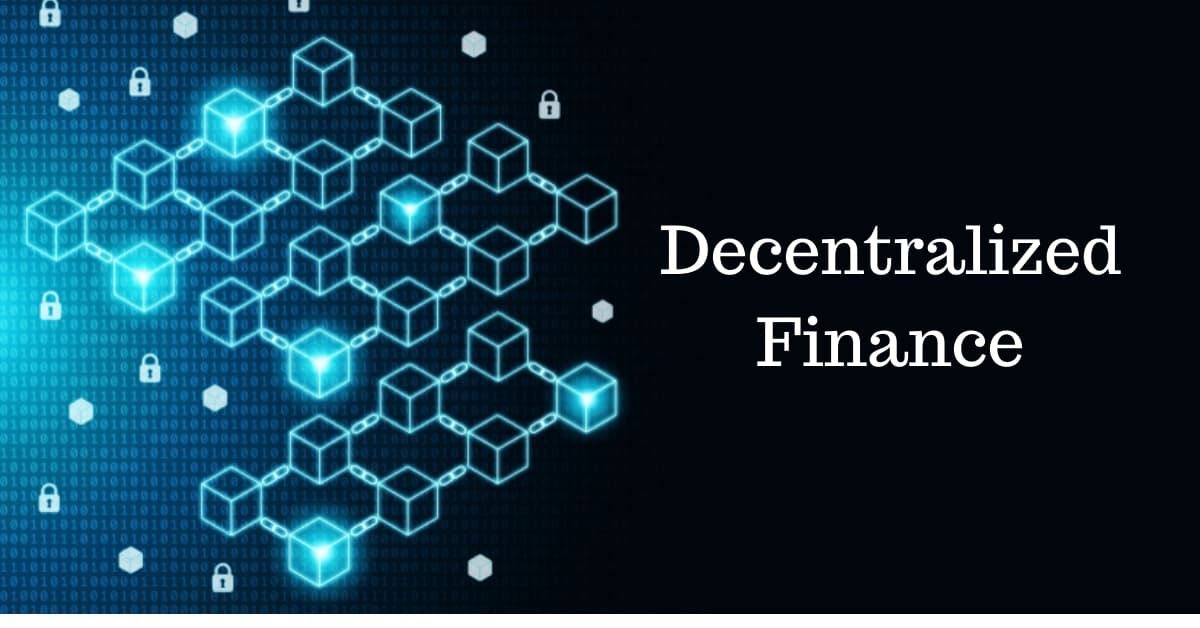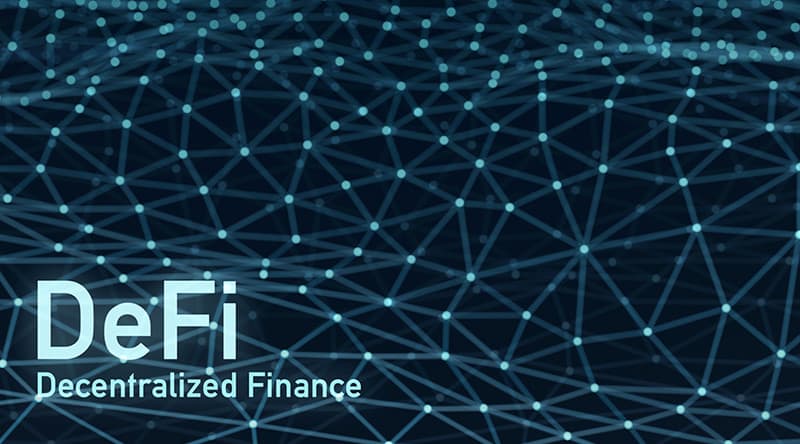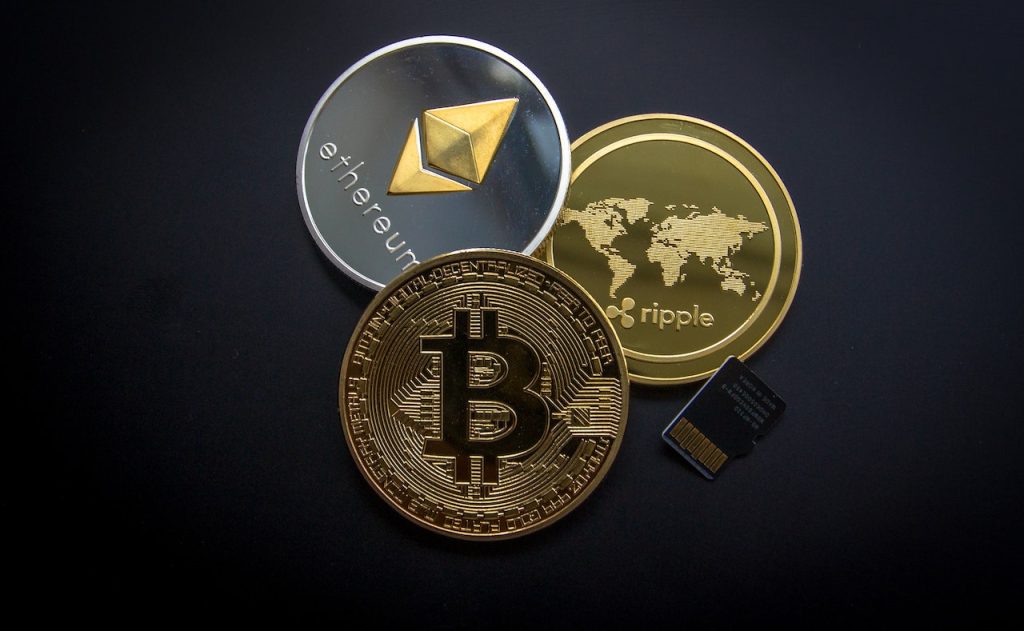
James Carter
Is DeFi Different from Crypto? Exploring the Distinctions and Overlaps

Cryptocurrency has emerged as a revolutionary form of digital currency, disrupting traditional financial systems and introducing new possibilities for transactions and investments. On the other hand, Decentralized Finance (DeFi) has gained significant attention in recent years, offering a decentralized alternative to traditional financial services. While both concepts are closely related, it is important to understand the nuanced differences between DeFi and cryptocurrency. This article delves into the key aspects of each and explores their distinct features, highlighting the overlaps and interconnections.
Overview of DeFi and Cryptocurrency:
Cryptocurrency refers to digital or virtual currencies that utilize cryptography for secure transactions and control the creation of additional units. It operates on decentralized networks called blockchains, which provide transparency and immutability. Key characteristics of cryptocurrency include decentralization, security, privacy, and the absence of central authority or intermediaries. Bitcoin, the pioneering cryptocurrency, brought the concept into the mainstream, followed by numerous other cryptocurrencies such as Ethereum, Litecoin, and Ripple. Cryptocurrencies are used for various purposes, including peer-to-peer transactions, investments, and store of value.
Understanding DeFi:
Decentralized Finance (DeFi) encompasses a range of financial applications and protocols built on blockchain technology. Unlike traditional finance, DeFi operates without intermediaries, enabling users to engage in financial activities directly and autonomously. DeFi leverages smart contracts, which are self-executing agreements, to facilitate and automate transactions. It offers various financial services, including lending and borrowing, decentralized exchanges (DEXs), yield farming, and asset management, among others. DeFi platforms are typically open-source and accessible to anyone with an internet connection and compatible digital wallet.

Differentiating Features of DeFi and Cryptocurrency:
Scope and Functionality:
Cryptocurrency primarily serves as a digital medium of exchange, while DeFi extends beyond currency to encompass a wide range of financial services and instruments. DeFi protocols provide functionalities like lending and borrowing, staking, liquidity provision, and yield generation. Cryptocurrency, on the other hand, focuses on the transfer and storage of value.
Centralization vs. Decentralization:
Cryptocurrencies can operate on centralized or decentralized networks. Some cryptocurrencies, like Ripple, employ a centralized approach, whereas others, such as Bitcoin and Ethereum, are decentralized. DeFi, however, inherently operates on decentralized networks, ensuring transparency, censorship resistance, and control over funds.
Intermediaries and Governance:
Cryptocurrencies typically involve exchanges or third-party services to facilitate transactions. In contrast, DeFi eliminates intermediaries by leveraging smart contracts and decentralized platforms. Governance in DeFi is often community-driven, allowing token holders to participate in decision-making processes.
Programmability and Automation:
DeFi introduces programmability through smart contracts, enabling the automation of financial processes. Cryptocurrencies, while programmable to a certain extent, are primarily designed for secure peer-to-peer transactions.
Similarities and Overlap between DeFi and Cryptocurrency:
While DeFi and cryptocurrency have distinct characteristics, there are areas where they intersect and overlap. One significant overlap is the use of cryptocurrencies within the DeFi ecosystem. Cryptocurrencies serve as the primary medium of exchange and collateral within DeFi applications. Furthermore, both DeFi and cryptocurrency rely on blockchain technology, ensuring transparency, security, and immutability.
Key Components of DeFi:
To better understand the nuances of DeFi, it is essential to examine its key components:
Smart Contracts and Blockchain Technology:
Smart contracts are self-executing agreements that define and enforce the terms of a transaction. They enable automated financial operations without the need for intermediaries. Blockchain technology, with its distributed and immutable nature
Benefits and Challenges of DeFi:
Benefits of DeFi:
Financial Inclusivity and Access:
DeFi eliminates barriers to entry and provides financial services to the unbanked and underbanked populations worldwide. It allows anyone with an internet connection to participate in financial activities, access loans, and earn yields.
Transparency and Security:
DeFi leverages blockchain technology, ensuring transparency and auditability of transactions. Smart contracts eliminate the need for trust in intermediaries, enhancing security and reducing the risk of fraud.
Programmable and Automated Financial Processes:
DeFi platforms enable the creation of complex financial products and services through programmable smart contracts. This programmability allows for the automation of processes, reducing manual intervention and increasing efficiency.
Challenges and Considerations:
Regulatory Concerns:
The decentralized nature of DeFi poses challenges for regulatory authorities. As it operates without intermediaries, it becomes challenging to enforce compliance, detect money laundering, or protect users’ funds. Regulatory frameworks are still evolving, and addressing these concerns is crucial for the long-term sustainability of DeFi.
Smart Contract Vulnerabilities:
While smart contracts provide automation and security, they are not immune to vulnerabilities. Flaws in smart contracts can lead to financial losses or exploitation. The community continually works towards improving security practices and auditing mechanisms to minimize these risks.
User Experience and Adoption Hurdles:
DeFi platforms often require users to have technical knowledge and experience with managing digital wallets, interacting with decentralized applications (dApps), and understanding the risks associated with different protocols. Enhancing user experience and simplifying onboarding processes are essential for mainstream adoption.
Future Outlook and Potential Impact:
Growing Adoption of DeFi:
DeFi has witnessed remarkable growth in recent years, with increased user adoption, development of new protocols, and expansion into different financial verticals. As more individuals and institutions recognize the benefits and opportunities offered by DeFi, its adoption is expected to continue to grow.
Potential Disruption to Traditional Financial Systems:
DeFi presents a potential challenge to traditional financial systems by providing accessible, transparent, and efficient alternatives. It has the potential to disrupt intermediaries, reduce costs, and increase financial inclusion, particularly in regions with limited access to traditional banking services.

Integration of DeFi with Centralized Finance:
The future may see greater integration between DeFi and centralized finance. Traditional financial institutions are exploring ways to incorporate DeFi protocols and technologies into their existing infrastructure to benefit from the advantages of decentralization.
Emerging Trends and Innovations in DeFi:
DeFi is a rapidly evolving field, witnessing continuous innovation and the emergence of new trends. Some areas of focus include cross-chain interoperability, decentralized identity solutions, and the development of decentralized derivatives and prediction markets. These advancements aim to address scalability, security, and user experience challenges.
Summary
In conclusion, while cryptocurrency and DeFi are interconnected concepts, they possess distinct characteristics and functions. Cryptocurrency primarily focuses on digital currency as a medium of exchange, store of value, and investment asset. DeFi, on the other hand, extends beyond currency and encompasses a broad range of decentralized financial services and applications. DeFi leverages smart contracts, blockchain technology, and decentralized platforms to provide transparency, security, and automation.
Understanding the differences and overlaps between DeFi and cryptocurrency is essential for investors, financial institutions, and individuals looking to participate in the rapidly growing decentralized finance ecosystem. While DeFi offers numerous benefits, it also faces challenges such as regulatory concerns, smart contract vulnerabilities, and user experience hurdles. As the DeFi landscape continues to evolve, it holds the potential to reshape traditional financial systems and create a more inclusive and accessible financial ecosystem.
To fully embrace the potential of DeFi, regulatory frameworks need to be developed to ensure consumer protection, prevent illicit activities, and foster innovation. Auditing and security practices must continue to improve to mitigate risks associated with smart contract vulnerabilities. Additionally, enhancing user experience and simplifying onboarding processes will play a crucial role in driving mainstream adoption of DeFi.
Looking ahead, the future of DeFi appears promising. The growing adoption of DeFi showcases its relevance and potential impact on traditional financial systems. As more individuals and institutions recognize the benefits of decentralized finance, we can expect increased integration between DeFi and centralized finance, allowing for a hybrid financial ecosystem that combines the advantages of both.
Latest
DeFi News
09 May 2024
DeFi News
19 Apr 2024
DeFi News
16 Jan 2024
DeFi News
31 Aug 2023
DeFi News
24 Jun 2023
DeFi News
24 Jun 2023













